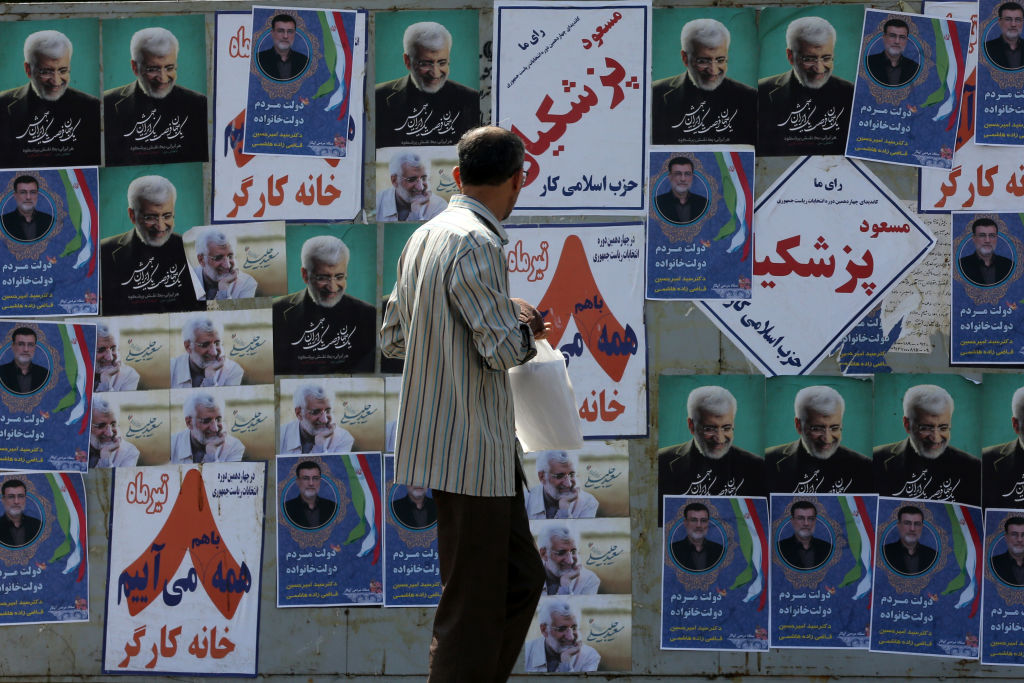Oil prices eased slightly on January 6, 2025, despite reaching their highest levels since October. Brent crude futures fell to $76.30 per barrel, while West Texas Intermediate (WTI) crude dropped to $73.56 per barrel.
The market experienced a six-day rally before this minor setback. Weak economic data from the United States and Germany contributed to the downward pressure on oil prices.
A softer U.S. dollar provided some support to the market. Colder weather forecasts for Europe and the U.S. also bolstered expectations of increased energy demand.
Technical analysis reveals a complex picture for crude oil futures. The Point of Control (POC) at $74.13 serves as a pivotal level for WTI crude. Bears target $73.69, $73.47, and $73.05 as potential support levels.
Bulls need to reclaim and hold above $74.33 to confirm strength. Brent crude oil prices broke above $76.20 on January 2-3, reaching a 2.5-month high. However, signs of waning bullish momentum have emerged.
 Oil Prices Dip Amid Mixed Economic Signals and Geopolitical Tensions. (Photo Internet reproduction)
Oil Prices Dip Amid Mixed Economic Signals and Geopolitical Tensions. (Photo Internet reproduction)A bearish divergence between the RSI indicator and recent price action suggests vulnerability to a correction. China’s economic stimulus measures continue to influence the oil market positively.
Market Outlook Amid Geopolitical Tensions
Analysts believe these efforts could sustain global demand for crude and push prices higher. The open interest in WTI futures on the New York Mercantile Exchange reached 1.933 million contracts, a level not seen since June 2023.
The weekly chart shows WTI crude breaking out of a multi-week range, threatening to end a six-month downtrend. Key resistance levels lie at $73.87/91, $75.55/60, and $77.15-78.
Support levels include $71.90-72.45, $71.33, and the psychologically important $70 handle. Geopolitical tensions, particularly between Iran and Israel, add an underlying layer of support to oil prices.
Concerns about potential declines in Iranian oil production due to anticipated sanctions loom over the market. Forecasts suggest a reduction of 300,000 barrels per day in Iranian output by the second quarter of 2025.
U.S. crude inventories have been declining, with current levels at 415.6 million barrels. This figure is lower than both the previous year and 2019 levels. The tightening supply contributes to the current price support in the market.
On the daily timeframe, WTI crude threatens to break out of a descending pitchfork pattern tracked since July. The October high-day close at $73.87/91 serves as initial resistance. A breach and close above this level would validate the breakout.
Analysts from Eurasia Group predict low demand growth for oil markets in 2025. They suggest this growth could be outpaced by new supply, especially from the U.S. and potentially from OPEC.
However, the market remains sensitive to geopolitical developments and potential supply disruptions. The HalfTrend indicator on the daily chart has flashed a long signal, suggesting an upward trend.
The Relative Strength Index (RSI) on the weekly chart sits at 55, indicating room for further price increases before reaching overbought territory.

 By The Rio Times | Created at 2025-01-06 22:11:44 | Updated at 2025-01-08 04:41:16
1 day ago
By The Rio Times | Created at 2025-01-06 22:11:44 | Updated at 2025-01-08 04:41:16
1 day ago








